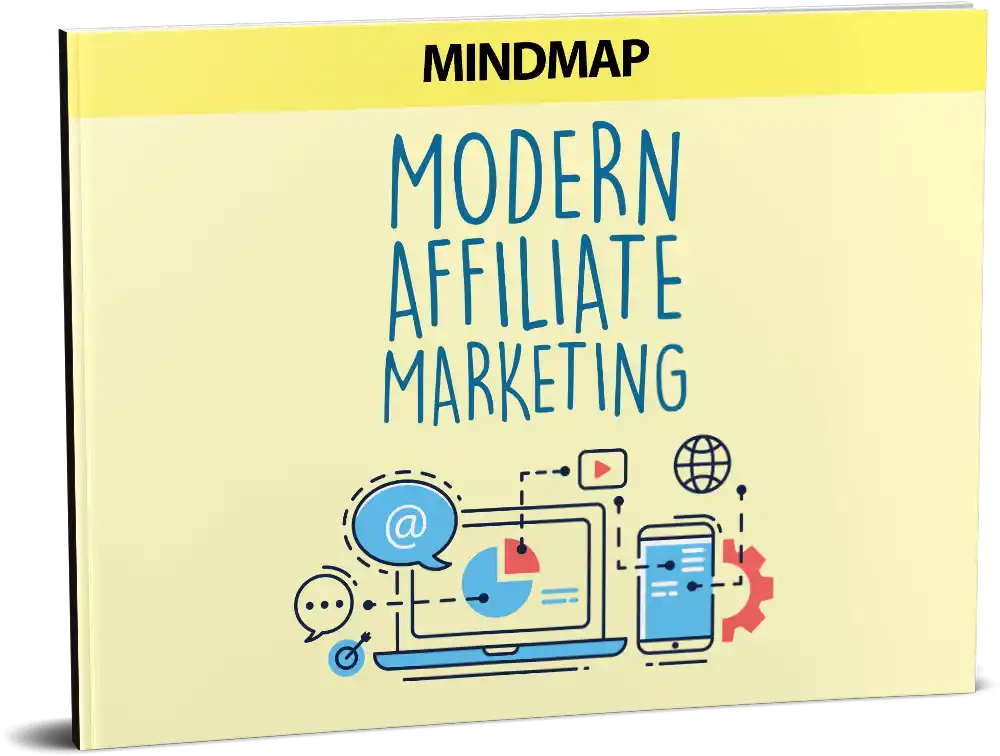
Have you ever scrolled through your LinkedIn feed, seeing post after post about someone’s latest SaaS success story, and thought to yourself, “Could I do that too?” Especially if you don’t have a background in tech or business? I’ve been there, and I’ve spent months digging into this question.
The short answer? Yes, it’s becoming increasingly possible to create a SaaS business with minimal experience, thanks largely to artificial intelligence tools. But there’s a lot more to the story than that simple “yes.”
What Exactly Is SaaS Anyway?
Before diving into the how-to part, let’s get our definitions straight. SaaS stands for “Software as a Service.” Instead of installing software on your computer, you access it through the internet, usually with a subscription model.
Think about it: Netflix replaced DVDs. Spotify replaced CDs. Microsoft 365 replaced those physical Office software packages we used to install from discs. They’re all SaaS products.
The beauty of SaaS is that it offers:
- Regular updates without reinstallation
- Access from anywhere with internet
- Subscription revenue that’s predictable and recurring
- Scalability without massive infrastructure investments
And this model has created a gold rush of sorts. In 2023 alone, the global SaaS market was valued at over $195 billion. No wonder everyone wants in!
The Traditional SaaS Development Roadblock
Traditionally, building a SaaS product required:
- Coding knowledge (often in multiple languages)
- Understanding of database structures
- User interface design skills
- System architecture expertise
- Security implementation knowledge
That’s a serious barrier to entry if you’re starting from zero. A typical SaaS development project might cost anywhere from $50,000 to $500,000 and take 6-12 months to launch.
But here’s where things get interesting.
The AI Revolution in SaaS Development
About three weeks ago, I was at a tech meetup in Austin where I met a former schoolteacher who had launched a SaaS product that helps small businesses manage their customer feedback. The kicker? She didn’t write a single line of code herself.
This isn’t just a one-off story. The integration of AI into the development process has fundamentally changed what’s possible for non-technical founders. Here’s how:
No-Code/Low-Code Platforms Enhanced by AI
Platforms like Bubble, Webflow, and Adalo have been around for a while, but they’ve recently integrated AI assistants that can:
- Generate entire sections of your application based on natural language descriptions
- Suggest workflow improvements based on user behavior
- Create database structures without you needing to understand normalization principles
I recently tested Bubble’s AI features and was able to create a functioning customer portal in about 4 hours that would have taken days otherwise.
AI-Powered Development Assistants
Tools like GitHub Copilot, ChatGPT, and Claude are transforming how software gets built. They can:
- Generate functional code based on plain English descriptions
- Debug existing code and suggest improvements
- Explain technical concepts in simple terms for beginners
- Create documentation automatically
A friend of mine who runs a small marketing agency used ChatGPT to build a social media scheduling tool for his clients. He estimated it saved him about $30,000 in development costs.
Pre-Built AI Solutions
Perhaps most exciting are the emerging platforms that let you describe a SaaS product and then automatically build it for you. While still in early stages, tools like Builder.ai and AppMaster are pushing boundaries in what non-developers can accomplish.
The Reality Check: What AI Can and Can’t Do
After talking with dozens of founders who’ve tried this route, I’ve noticed some patterns about where AI shines and where it struggles:
AI Development Strengths:
- Creating standard features like authentication, payment processing, and data entry forms
- Generating clean, responsive user interfaces
- Handling predictable data processing tasks
- Providing implementation guidance for integrating third-party services
Where Human Expertise Still Matters:
- Unique algorithmic features that differentiate your product
- Complex security requirements, especially for regulated industries
- Performance optimization for scale
- User experience design that truly delights customers
One founder I interviewed put it this way: “AI got me 80% of the way there in 20% of the time it would have taken traditionally. But that last 20% still required bringing in some specialized help.”
Marketing Your AI-Built SaaS: A Different Approach
Creating your SaaS with AI is one thing—getting people to use it is another challenge entirely. Here’s what works for AI-assisted SaaS products:
Transparency Builds Trust
Interestingly, being open about how you built your product can actually become a selling point. Customers appreciate innovation and resourcefulness if your product solves their problems well.
One founder I know includes this in her pitch: “We leveraged cutting-edge AI to build our platform in weeks instead of months, passing those time and cost savings to you through more affordable pricing.”
Focus Marketing on Results, Not Tech
Rather than highlighting the technology behind your product, focus relentlessly on the outcomes your customers will achieve. The truth is, most customers don’t care how the software was built; they care about whether it solves their problem.
Effective marketing angles include:
- Time saved using your solution
- Cost reduction compared to alternatives
- Emotional benefits (reduced stress, increased confidence)
- Specific metrics improved (conversion rates, customer satisfaction)
Community-First Growth Strategy
I’ve noticed AI-built SaaS products tend to perform better with a community-centered marketing approach:
- Build in public: Share your journey, including your use of AI tools, to attract interest
- Create a feedback loop: Get early users heavily involved in shaping the product
- Leverage micro-influencers: Find niche experts who can validate your solution
- Content marketing: Educational content establishes authority despite being new
One founder I interviewed built a 3,000-person waiting list before launch simply by documenting his AI-assisted build process on Twitter.
The Economics: Is It Actually Worth It?
After diving deep into the financials of several AI-built SaaS businesses, here’s what the numbers tell us:
Startup Costs:
- Traditional SaaS development: $50,000-$500,000
- AI-assisted development: $5,000-$50,000
Time to Market:
- Traditional approach: 6-12 months
- AI-assisted approach: 1-3 months
Operational Differences:
- Higher ongoing AI tool subscriptions
- Potentially higher technical debt
- Faster iteration cycles
- Lower initial developer headcount needed
One SaaS founder who used this approach shared that his total investment before launch was about $12,000, and he reached $5,000 in monthly recurring revenue within 90 days—numbers that would be nearly impossible with traditional development approaches.
My Honest Conclusion: Is This Right For You?
After spending months researching this topic, talking to founders, and experimenting with the tools myself, here’s my take:
Building a SaaS business with no experience using AI tools is absolutely possible, but it comes with important caveats:
- It works best for certain types of products: Tools that solve clearly defined problems with standard features have the highest success rate.
- Domain expertise still matters: While you don’t need technical skills, you do need deep understanding of the problem you’re solving.
- You’ll need to become a perpetual learner: The AI development landscape changes weekly, requiring constant adaptation.
- Product-market fit trumps everything: No amount of AI magic can save a product nobody wants.
For the right founder—someone resourceful, persistent, and focused on solving real problems—AI-assisted SaaS development represents perhaps the lowest barrier to entry in the history of the software business.
Is it worth it? If you have a genuine solution to a painful problem and are willing to embrace the learning curve, I believe it is. The combination of lower costs, faster time to market, and the ability to iterate quickly creates advantages that may actually outweigh the benefits of traditional development for many use cases.
The real question isn’t whether you can build a SaaS business without experience—it’s whether you should. And that answer lies in the value you can deliver to customers, not in how you build the product.
What problem are you passionate about solving? That’s where your SaaS journey should begin.



